To use a digital torque wrench, first, set the desired torque value on the display. Attach the wrench to the fastener and apply steady pressure until the tool signals the set torque is reached.
Embarking on your journey into the world of DIY projects or automotive maintenance? Welcome aboard! As a beginner, understanding the ins and outs of tools is crucial. In this blog post, we'll demystify the digital torque wrench—a powerful ally in precision tightening. Learn the ropes, from its basics to practical tips, ensuring your projects are not only a success but also safe and secure. Let's dive in and unravel the secrets of mastering the digital torque wrench for a seamless and efficient user experience!
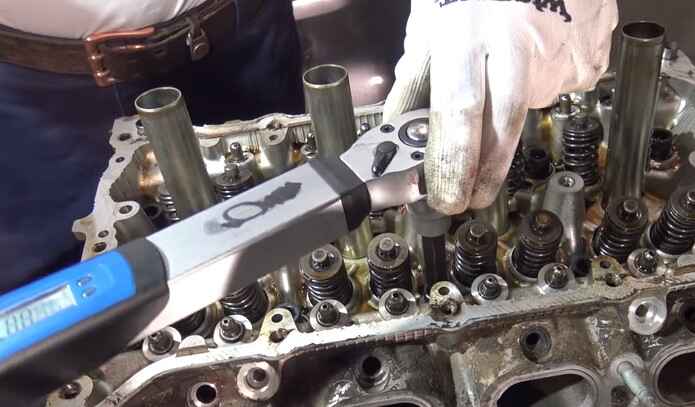
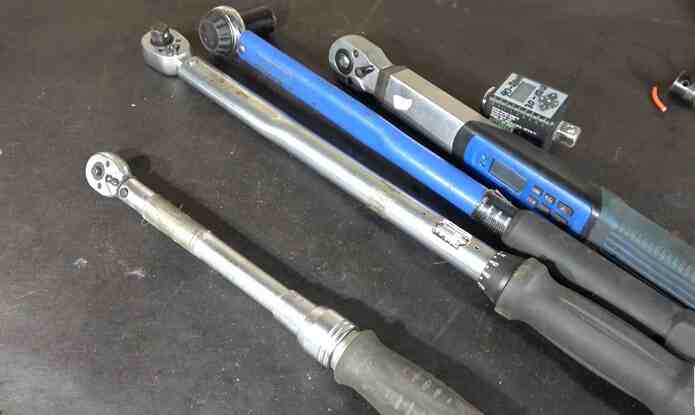
When it comes to torque wrenches, there are two main types: digital and analog. Both have pros and cons, so it's essential to know the difference before choosing which is right for you. Here are eight key differences between digital and analog torque wrenches:
1. Accuracy
One of the biggest advantages of digital torque wrenches is their accuracy. Because they use electronic sensors to measure torque, they are much more precise than their analog counterparts. This is especially important when working with sensitive materials or tight tolerances.
2. Repeatability
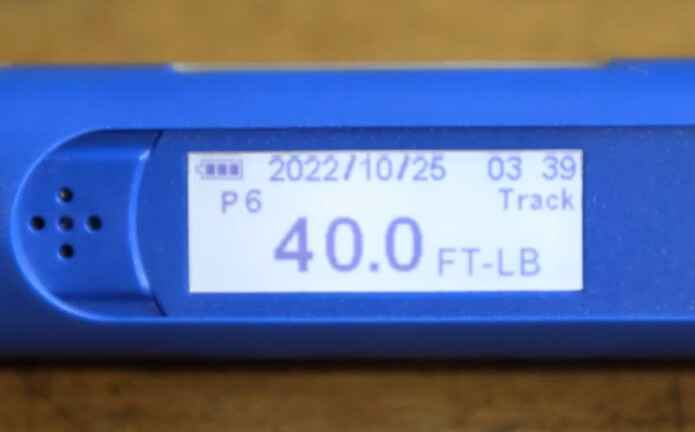
Another advantage of digital torque wrenches is repeatability. This means that you can get the same torque each time you use the wrench, which is essential for consistent results. Analog torque wrenches, on the other hand, can be less consistent and may require readjustment after each use.
3. Ease of use
Digital torque wrenches are often easier to use than analog ones. This is because they typically have an LCD display that shows you the current torque setting, so you don't have to guess or estimate like you would with an analog wrench. Additionally, many digital wrenches have built-in memory so you can save your settings for future use.
4. Portability
Digital torque wrenches are usually more portable than their analog counterparts. This is because they typically weigh less and take up less space. This can be a significant advantage if you must regularly transport your wrench or work in tight spaces.
5. Cost
One of the main disadvantages of digital torque wrenches is their cost. They are typically more expensive than analog wrenches, so you'll need to factor that into your budget when choosing which one to buy. However, the accuracy and repeatability of digital wrenches may make them worth the extra cost for some users.
6. Battery life
Another downside of digital torque wrenches is that they require batteries. This means you'll need to keep spare batteries on hand, which can be inconvenient. Additionally, if the batteries die while you're using the wrench, you'll have to stop what you're doing and replace them before you can continue.
7. Calibration
Digital torque wrenches must be calibrated regularly to maintain accuracy. This process can be time-consuming and costly, so it's something to keep in mind if you're considering a digital wrench. Analog wrenches, however, typically don't need to be calibrated as often.
8. Maintenance
Digital torque wrenches may require more maintenance than analog wrenches. This is because they have more moving parts and electronic components, which can break down over time. Additionally, the sensors in digital wrenches can be susceptible to dust and debris, so they may need to be cleaned more often.
Choosing the correct torque wrench for your needs is an important decision. Consider all the factors before purchasing to ensure you get the best tool for the job.
Pro Tip:
When using a digital torque wrench, always ensure it's calibrated correctly before each use to maintain accuracy. Set the desired torque level precisely and apply consistent, slow pressure to achieve the desired tightness. Avoid over-torquing to prevent damage.
When would you need to use a digital torque wrench?
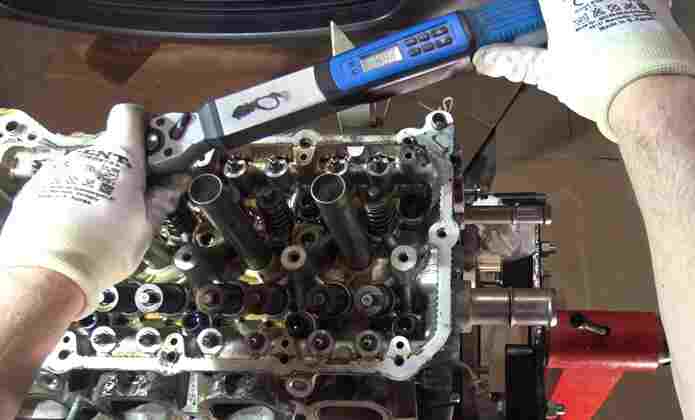
A digital torque wrench is needed to accurately tighten a bolt to a specific torque value. For example, if you are working on a car and need to replace a component that has a particular torque requirement, you would use a digital torque wrench.
This type of wrench is also beneficial because it allows you to keep track of the amount of torque applied to the bolt. This is important because over-tightening bolts can cause damage, and under-tightening bolts can result in them becoming loose over time.
How do you know when you’ve applied the right amount of torque to a bolt?
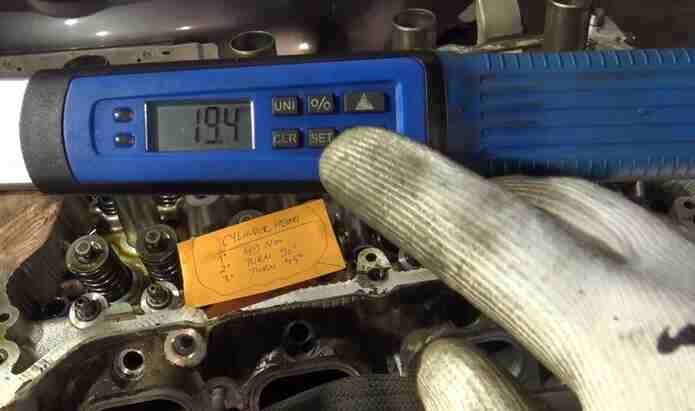
Knowing when you've applied the right amount of torque to a bolt is crucial to ensure the proper functioning of machinery and to prevent over-tightening or under-tightening, which can lead to mechanical failures. Here are some methods to determine when you've applied the correct torque:
1. Use a Torque Wrench:
The most accurate way to apply the right amount of torque is by using a torque wrench. Set the wrench to the desired torque value, and when you apply force, the wrench will click or give a visual/audible signal when the preset torque is reached. Stop applying force immediately when you hear or feel the click.
2. Torque Specifications:
Refer to the manufacturer's specifications for the bolt or fastener you're working with. These specifications will often provide the recommended torque values. Using a torque wrench, you can match the recommended value.
3. Visual Indicators:
Some bolts may have visual indicators, such as lines or marks on the head, that align when the proper torque is reached. This method is less precise than using a torque wrench but can be helpful in some cases.
4. Angle of Rotation:
In some applications, especially critical ones like engine assembly, torque is specified as a combination of a specific torque value and an angle of rotation (e.g., 90 degrees). This method ensures that the bolt is stretched to the desired level.
5. Calibrated Equipment:
Use calibrated equipment when possible. Ensure your torque wrench is regularly calibrated to maintain accuracy. If a torque wrench isn't properly maintained, it may provide incorrect torque values.
6. Follow Torque Sequences:
In some cases, bolts should be tightened in a specific sequence to ensure even distribution of load. Follow the recommended torque sequence, especially in automotive and engineering applications.
7. Practice and Experience:
Experienced technicians may develop a "feel" for when the correct torque is reached. However, this method is less precise and should only be relied upon when no other options are available.
Editor's Tip:
Remember that over-tightening can lead to bolt or fastener damage, while under-tightening can result in loose connections that may fail. Always follow the manufacturer's guidelines and specifications for torque values and methods for the specific application you're working on. Using a torque wrench is the most reliable way to achieve the correct torque consistently.
How to use a digital torque wrench?
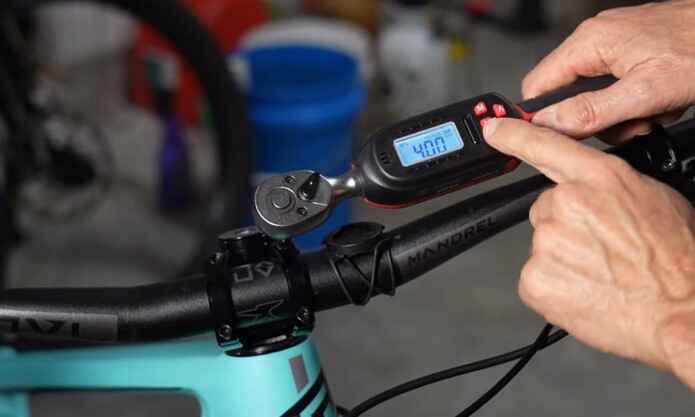
Using a digital torque wrench is straightforward, but it requires careful attention to detail to ensure accurate torque measurements and to avoid damaging fasteners or components. Here are the general steps to use a digital torque wrench:
1. Select the Correct Torque Value:
Before using the torque wrench, determine the specific torque value required for your application. This information can usually be found in the manufacturer's specifications for the fastener or component you're working with.
2. Set the Torque Value on the Wrench:
Digital torque wrenches have a digital display that allows you to set the desired torque value. Follow these steps:
- Press the "On/Off" button to turn on the wrench.
- Use the "Mode" or "Set" button to select the appropriate units (e.g., foot-pounds, inch-pounds, Newton-meters, etc.).
- Use the "Up" and "Down" buttons to set the torque value to match your requirements. Make sure to set it to the exact value specified for your application.
3. Attach the Appropriate Socket or Adapter:
Ensure that the correct socket or adapter is securely attached to the torque wrench. It should match the size of the fastener you're working with.
4. Position the Wrench:
Place the torque wrench on the fastener or component you want to tighten. Ensure it is properly aligned and seated.
5. Apply Torque:
Slowly apply force to the wrench in the direction needed to tighten the fastener. Maintain a steady, even pressure. The wrench will emit an audible beep or provide a visual signal when it reaches the preset torque value. At this point, stop applying force immediately. Do not continue to turn the wrench once you hear or see the signal.
6. Release Pressure Gradually:
After the wrench signals that the correct torque has been reached, release the pressure on the wrench slowly and smoothly. This helps prevent over-torquing.
7. Power Off and Store:
Turn off the digital torque wrench to conserve battery life. Store it in a protective case or box to prevent damage and maintain accuracy.
8. Calibration and Maintenance:
Digital torque wrenches require periodic calibration to ensure accuracy. Follow the manufacturer's recommendations for calibration intervals and procedures. Additionally, store the wrench in a dry, clean environment to prevent contamination or damage.
9. Read the Manual:
Always read and follow the manufacturer's instructions and safety guidelines provided in the user manual. This will help you use the specific digital torque wrench correctly and safely.
Remember that over-torquing or under-torquing can lead to equipment failure or damage, so it's essential to use the digital torque wrench accurately and follow the specified torque values for your applications.
Final Words
So there you have it, everything you need to know about using a digital torque wrench. Following these simple tips and guidelines ensures that your next project goes as smoothly as possible. With the right tools in your toolbox, any do-it-yourselfer can tackle even the most challenging tasks. Thanks for reading, and happy wrenching!